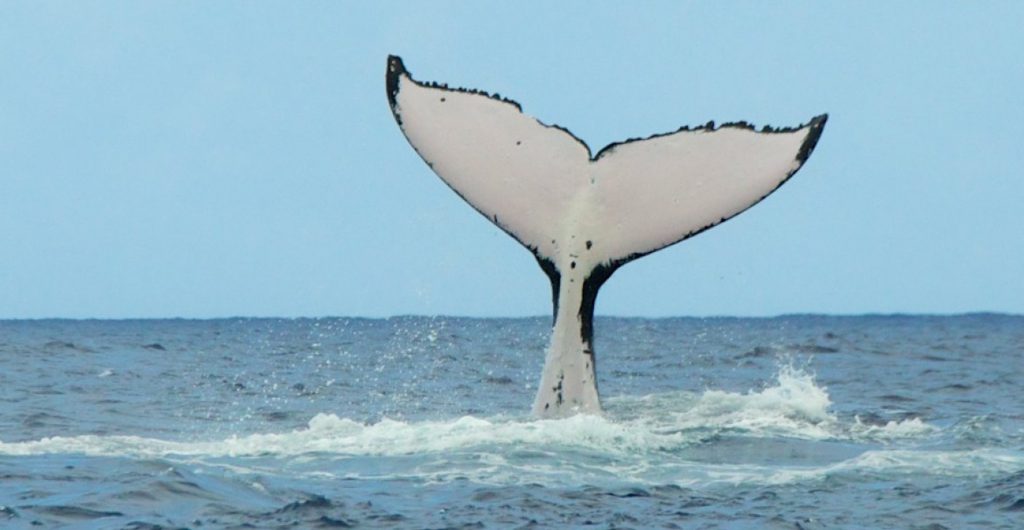Nearly 5,000 humpback whales identified in the South Pacific 40 years after the end of commercial whaling
A model to measure the variation in the abundance of humpback whales (Megaptera novaeangliae), following their hunting in the twentieth century, was designed by the Scientific Committee of the International Whaling Commission. Research has concluded that more than 14 000 humpback whales evolved in Oceania before intensive hunting episode that lasted 40 years. According to the committee, this cetacean population is near extinction in 1996 when there were no more that 1% of the total population, or 140 so!
Since the populations of humpback whales gradually increase thanks to the protection regime they receive in Pacific waters. If scientists identify nearly 5000 in the South Pacific waters, they are nonetheless still considered endangered and we must remain vigilant in their protection, including at the global warming of the oceans.
Rising temperatures changing whales’ diet sources and migratory patterns that become increasingly long and exhausting
“Climate change is affecting the whales,” says Cristina Castro, an Ecuadorian biologist. Rising temperatures change their power sources and migratory cycles – which are becoming increasingly long and exhausting.
The global warming reduces the amount of krill, basic whales feeding in polar regions where these mammals ingest several tons a day to fatten prior to their migration. Mariano Sironi, Argentine specialist, declining krill actually means less calves births. “It can also affect small survival capacity,” he says.
While scientists had expected to observe a delayed season whales, humpback whales first arrived in the islands of French Polynesia on the same dates every year.
Read more, about accoustic sanctuaries: a solution to save whales?
Boaters called to meet more respectful approach of humpback whales in French Polynesia
“It is especially the females that are seen closer to calve and males following them and then try to mate with her,” says Agnes Benet, a marine biologist at the head of the Mata Tohora organization mandated to fifth year by the Ministry in charge of French Polynesia environment to educate people on the water to follow the instructions.
As every year, dive centers and boaters will flock from the month of August behind the reef to observe these fascinating creatures. Mata Tohora mobilized on the water to ensure the abuses and disrespectful approaches and follow the instructions. After four years of information, last year, a milestone was reached. “Throughout the season, our philosophy is education. But, if after four months, we find that the same people are still the same disrespectful approaches, late in the season, we have facts, reports to the prosecutor.
Rules of approach dictated by the Environmental Code are available on the website of Mata Tohora. Boaters, individuals commes diving center skippers or whale-watching company, are invited to consult them before the boat trips to take full advantage of reconcontres without disturbing them.




